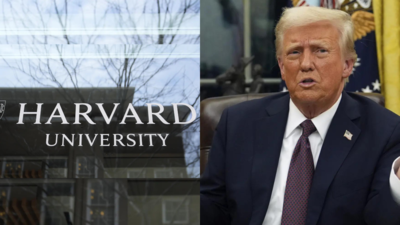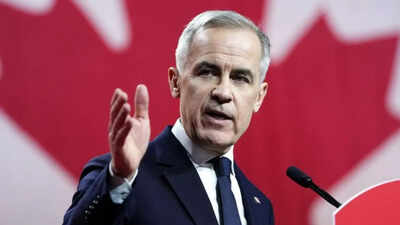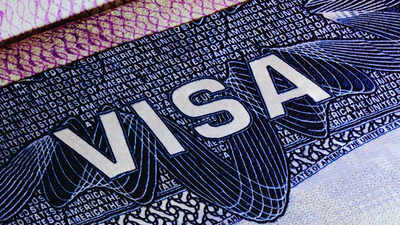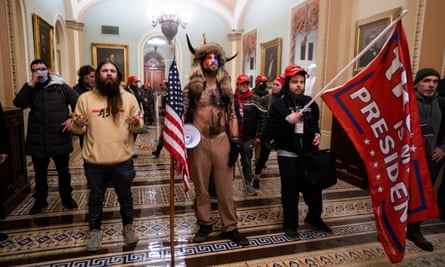Harvard University and Trump Administration Clash Over Antisemitism Policies Amid Confusion

A dramatic confrontation has emerged between Harvard University and the Trump administration regarding the policies addressing antisemitism, potentially rooted in a miscommunication, according to a report from the New York Times. This situation, which has escalated tensions between the prestigious university and the federal government, may have originated from a letter that was mistakenly sent to Harvard on April 11 by the White Houses antisemitism task force.
The letter, which included a series of demands concerning hiring practices, admissions processes, and curriculum requirements, was met with immediate resistance from university officials. They deemed the conditions laid out in the letter as impossible for Harvard to comply with. Just days following the dispatch of the letter, a representative from the Trump administration reached out to Harvard, stating that the letter was unauthorized and should not have been sent, as reported by the New York Times.
Despite this retraction, the Trump administration has maintained a firm stance, threatening to strip Harvard of federal funding and jeopardize its tax-exempt status after the university publicly rejected the demands put forth. A senior White House official, May Mailman, expressed frustration, claiming that it was malpractice on Harvards legal team to not engage in direct communication with the antisemitism task force members with whom they had been in discussions for weeks. Instead, Mailman accused Harvard of embarking on a victimhood campaign rather than seeking a resolution.
The April 11 letter was reportedly signed by prominent Trump administration officials, including Josh Gruenbaum from the General Services Administration, Thomas Wheeler from the Department of Education, and Sean Keveney from the Department of Health and Human Services. Sources indicated that Keveney, who is also involved in the antisemitism task force, was primarily responsible for sending the letter.
While the authenticity of the letter has been confirmed, questions linger regarding the circumstances of its release. Some White House insiders suggested that the letter may have been distributed prematurely, while others posited that it was intended for internal discussions among task force members only. This miscommunication could have significant implications.
The timing of the letter's arrival was particularly crucial. In the weeks leading up to April 11, Harvard and the administration had been engaged in ongoing conversations regarding the issue of antisemitism on campus, with both parties hoping to avoid a public confrontation. However, upon receiving the letter and viewing its demands as untenable, Harvard opted to take its grievances public. This decision led to a swift escalation from the Trump administration, which defended the letters contents and criticized Harvard for failing to continue the dialogue privately.
The New York Times characterized this unfolding episode as a tectonic battle between one of Americas most esteemed academic institutions and the federal government. The entire conflict appears to have been exacerbated by what may have been a simple internal miscommunication that has now led to a broader clash over significant educational policies.





























